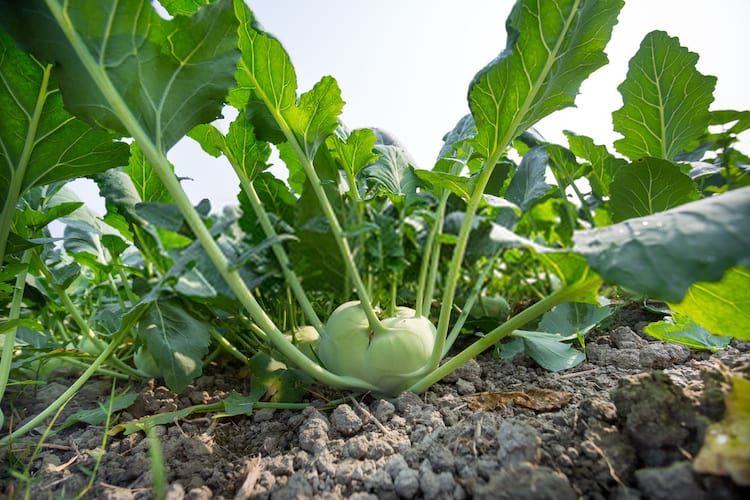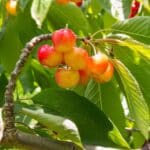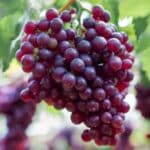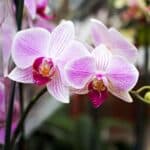Turnips greens are versatile, fast-growing, nutritious and edible leafy greens. This cold season root vegetable is planted worldwide for its double produce; it’s infamous green leaves and flavored bulbous root.
Turnips are fast and easy to grow. They thrive well in containers without a garden bed if cared for properly, and their leafy vegetables are rich in nutrients like Vitamin C and Vitamin A.
This makes turnips among one of the best edible garden options for urban gardeners without enough garden space.
Follow these steps to learn how to grow turnip greens in a container.
Read Also: How to Grow Turnips from Scraps
Table of Contents
Varieties of Turnips for Containers
Turnips come in different size ranges, from long carrot-like shapes to round shapes with flesh in color white, golden, yellow, or red-veined, with a test that varies depending on the type.
The outer covering of turnips comes in purple, red, or white, all of which belong to the same family as broccoli, mustard, kale, and cabbage.
The tender and small turnips, also known as the baby turnips, are determinate varieties grown, especially for human consumption. They have an early harvest period, and they won’t become more significant than their usual size.
They come in red, yellow, orange, or white flesh with a bland flavor. These baby turnips have a great taste and can be eaten raw or used as side dishes in salad serving.
A large number of turnip varieties are 1-5 inches long in diameter.
Here is a list of turnip varieties you can grow in containers:
Early Harvest Turnips
These turnips reach maturation quite early and have a short harvesting period.
These are some early harvest turnips.
- Tokyo Cross: This famous all-white hybrid is an All American Selection Award Winner. It grows and enlarges to a height of 4-6 inches diameter with unwrinkled outer covering and soft, weak flesh. It usually reaches maturation in 35 days, and its leafy greens can be harvested in 35 days.
- Market Express: These baby turnips have a speedy harvesting period of 35-40 days right after the seeds germinate. They are characterized by pure white roots with a mild fleshy flavor.
- Hakurei: These are fast producing baby turnips that reach maturation and early harvest in only 35-40 days after seeds germination. They are characterized by an all-white root that possesses a mild flavor. These baby turnips are commonly used in restaurants.
All White Turnips
These turnips altogether possess an all-white flesh and outer covering:
White Knight: This turnip comes in an all-white-flesh and outer cover with shame similar to an egg. It is also a late producer.
White lady turnips have a flavorful taste
White Globe comes in a pure white spherical shape and possesses an aromatic turnip flavor. The turnips reach maturation, bearing height of about three inches in diameter and harvested between 45-65 days after planting.
Colorful Turnips
These turnips have a colorful outer covering and flesh;
Scarlet Queen: These are usually white-fleshed turnip that grows with a scarlet outer cover, making them beautiful salad side additives. They also do well in repelling diseases.
Gilfeather: These are a legacy of turnips famous for their egg-like shape. They possess a cream-color flesh, smooth leaves with a green and white outer covering, and a mild flavor.
Golden Ball has a tasty yellow flesh and skin with a mild flavor.
Read Also: Best Turnip Companion Plants
How to Grow Turnip Greens in a Container
Growing turnips in containers have many benefits. The vegetables can be quickly taken care of when planted in a suitable container and good quality soil.
Here are a few factors that affect growing turnips in containers.
Best climate for growing turnips in containers
The best climate for planting turnips in late summer or spring; Turnips thrive best in a reasonable amount of sunlight.
- Early turnips: The best time to plant early turnips seeds is in February
- Other turnips can be grown from March to June
- The perfect time for increasing turnip greens is from august to September
- The best time for increasing baby turnips is from July- mid-august
Suitable container choice for growing turnips
Your choice of a container should give turnip enough room to grow. However, you want to select a container for turnip greens that is at least 12 inches deep.
The container may be glazed ceramic, plastic, or terra cotta, and it must have a proper drainage system. It should maintain suitable temperature levels, or your greens will be affected by root rot.
Container and soil preparation
Line the container base with a pair of newspapers or place a coffee filter to prevent soil from leaking out through the drainage holes during plant watering. Place some inches of gravel on the bottom of the container to avoid soil sogginess.
Next, fill with potting soil to within some inches the top of the container. The potting soil should be enriched with organic matter such as mineral matter or compost to provide the soil with sufficient nutrients.
This is a better choice for disease-free soil. The soil should also have plenty of sand for good drainage with a pH level of around 6.5.
Planting Turnips in a container
Most turnip plants will be ready for harvest within 35 to 60 days after planting. When planting in containers, it easier to maintain the correct temperature (between 55 and 75 degrees), so you can plant more flexibly.
Turnips must get plenty of sunlight, so planting in the spring or late summer is generally the best time.
Sow seeds ½-inch from the top into the soil-filled containers. Plant 2 to 3 seeds in the middle of the container and ensure a distance of at least one inch.
For outdoor planting, place the container in a sunny area; meanwhile, for indoor plants, place the container near a sunny window.
Keep soil moist but not soaked, and after two weeks, their young seedlings should be about 3 to 4 inches high. Their seedlings should be thinned out, allowing one plant at a time.
Turnip plant care
Water containers whenever the topsoil feels dry to touch. To avoid bitter taste on leaves and tough woody roots, never allow the plant to go dry, so, ensure to check daily.
Fertilize once in a while, for greens, use a nitrogen-rich fertilizer while for roots, use a potassium-rich fertilizer.
Read Also: How to Grow Strawberries in a Pot
Conclusion
Turnip greens are one of the most versatile fastest growing vegetables you may ever come across. Growing them in containers even saves you two times the trouble.
Turnip greens in containers are the easiest to care for, requiring little burrowing, bending over, and gardening expertise.
With the right container and little modifications, you can grow these nutritious double vegetable wonder greens and possibly teach someone else how to grow turnip greens in a container.






Leave a Reply